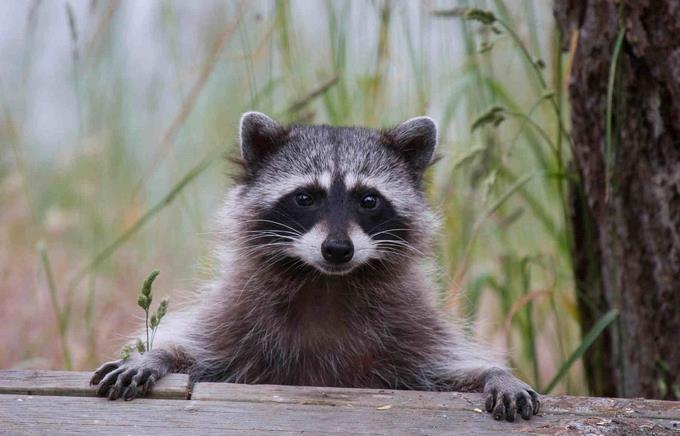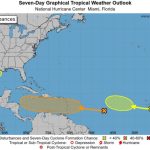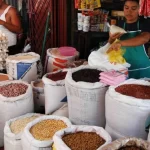Raccoon: “King of the garbage thieves” hiding out in Cristo Rey

Raccoon "washing bear."
Santo Domingo, DR
A raccoon has been seen in several sectors of Santo Domingo since last Thursday, since then the country has been wondering where the animal came from, how it got to Cristo Rey, where they are asking for a reward to free it, and what danger it represents to the citizens.
The Ministry of Environment and Natural Resources has alerted the population that this animal is a carrier of diseases that can harm humans and pets.
But what is a raccoon, and how does it behave?
Its name comes from the word “Mapachtli” from the Nahuatl language, which means “he who takes everything in his hands,” and precisely, that is one of the animal’s main characteristics: grabbing things with its dexterous limbs.
The raccoon is a species of mammal of the Procyonidae family. It is omnivorous and scavenging; they can eat everything from crustaceans to fish and nuts. Their versatility in feeding is due to their forty teeth adapted to this type of diet.
At medium size, they can weigh between 5 and 15 kilograms. However, some can reach 28 kilograms.
Physically they are characterized by their gray, brown, or black coat. They also have dark coloration around the eyes, and “rings” are formed on the tail when different shades are mixed.
In the wild, they can live up to approximately 12 years, while in captivity, their life expectancy extends to 20 years.
Where do they live?
It is a widespread species in North America. However, it may be present in some Latin American countries.
Their original habitat is mixed or deciduous forests associated with wetlands and streams.
The density of its populations can exceed 100 specimens per square kilometer due to its outstanding capacity to adapt to diverse environments, its omnivorous feeding habits, its high reproductive potential, and the absence of predators.
“The king of the garbage thieves.”
Experts point out that raccoons have adapted to living in urban areas over the years, where they can even feed on garbage and pet food. Unfortunately, this ability has earned them the title of “invasive species.”
People often recognize them by their handprints, similar to a child’s hand.
The raccoon is very dexterous with its front paws and uses them as if they were hands. Their limbs are also used to grasp food and various objects.
They can become aggressive.
When harassed by humans or domestic animals, raccoons can be very aggressive.
Outside their ecosystems, they can cause serious damage, as they are “opportunistic” animals capable of hunting and threatening native ecosystems and species.
It should be noted that these animals are not suitable for domestication or coexistence, as they are nocturnal and can become aggressive.
Transmitting diseases
Rabies, through bites or scratches, is one of the many diseases transmitted by raccoons. Another is baylisascariasis, a lethal central nervous system infection (CNS).
Ascariasis, salmonellosis, and leptospirosis are other conditions at risk of transmission from raccoons.

















But where did these racoons come from?